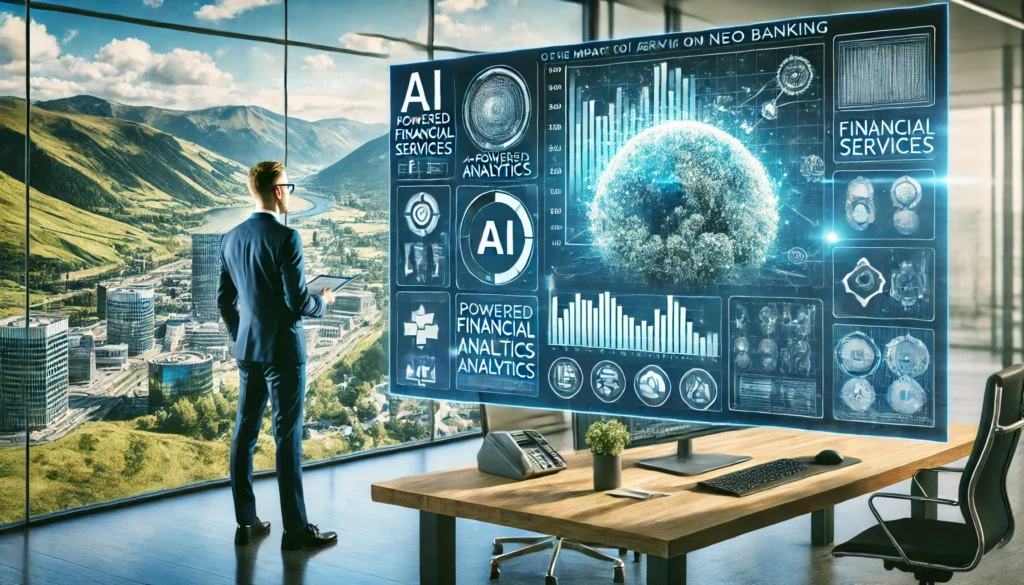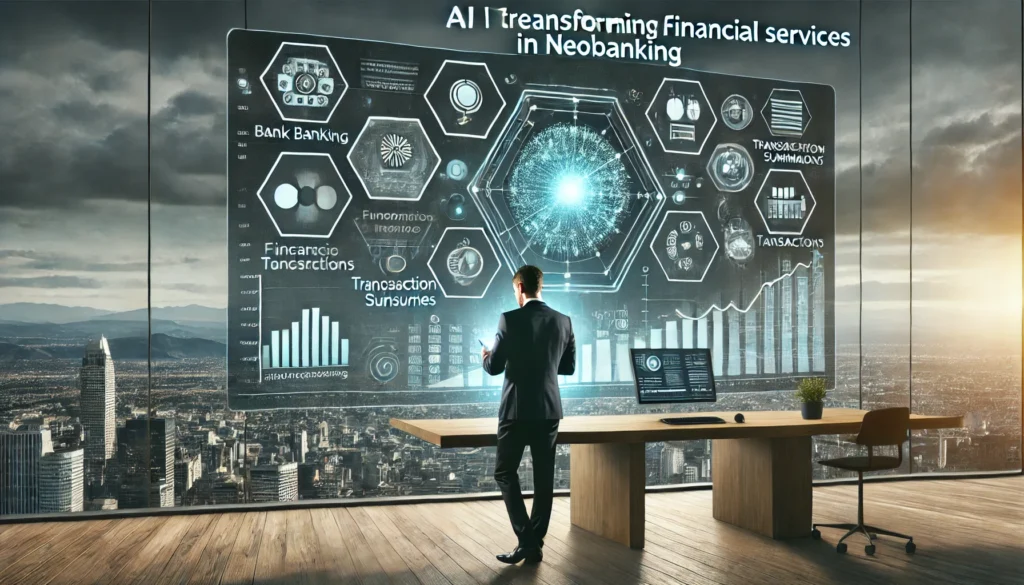The rise of neobanks has revolutionized the banking industry, and artificial intelligence (AI) and machine learning (ML) are at the heart of this transformation. These technologies are enabling neobanks to deliver personalized, efficient, and secure financial services that traditional banks struggle to match. From fraud detection to customer support, AI in neobanking is reshaping how we manage money.
In this blog post, we’ll explore the role of machine learning in digital banking, the benefits of AI-driven financial services, and how these technologies are setting neobanks apart in 2025.
How AI and Machine Learning Are Transforming Neobanking
AI and ML are not just buzzwords—they’re powerful tools that are driving innovation in neobanking. Here’s how:
1. Personalized Financial Insights
AI analyzes your spending habits, income, and financial goals to provide tailored advice. For example, neobanks like Revolut and N26 use AI to offer budgeting tips, savings recommendations, and even investment opportunities.
2. Fraud Detection and Prevention
Machine learning algorithms can detect unusual patterns in transactions and flag potential fraud in real time. This proactive approach helps protect users’ accounts and builds trust in neobanking services.
3. Enhanced Customer Support
AI-powered chatbots and virtual assistants provide instant, 24/7 support for common queries, such as account balances, transaction history, and card issues.
4. Automated Savings and Investments
Neobanks use AI to automate savings and investment processes. For instance, apps like Chime and Monzo round up purchases and invest the spare change, while robo-advisors like Betterment create and manage portfolios based on your risk tolerance.
5. Credit Scoring and Lending
AI analyzes alternative data sources, such as utility payments and social media activity, to assess creditworthiness. This makes lending more accessible to individuals with limited credit history.
Key Benefits of AI-Driven Financial Services

1. Improved Customer Experience
AI enables neobanks to offer hyper-personalized services, such as customized budgeting tools and spending insights, that cater to individual needs.
2. Increased Efficiency
Automating routine tasks like transaction categorization and fraud detection frees up resources and reduces operational costs.
3. Enhanced Security
Machine learning algorithms can identify and respond to security threats faster than traditional methods, ensuring safer transactions.
4. Financial Inclusion
By leveraging alternative data, AI helps neobanks serve underserved populations, such as those without traditional credit histories.
Real-World Examples of AI in Neobanking
1. Revolut
Revolut uses AI to provide real-time spending analytics, fraud detection, and personalized financial insights. Its AI-driven features also include cryptocurrency trading and stock market investments.
2. N26
N26 employs machine learning to detect fraudulent transactions and offer tailored financial advice. Its AI-powered chatbot assists customers with account management and troubleshooting.
3. Chime
Chime uses AI to automate savings through its round-up feature and provide early access to paychecks via direct deposit.
4. Monzo
Monzo leverages AI for real-time spending notifications, budgeting tools, and fraud detection. Its machine learning algorithms also help users track and reduce unnecessary expenses.
Challenges and Considerations

While AI and ML offer numerous benefits, there are challenges to consider:
1. Data Privacy
Neobanks must ensure that customer data is handled securely and in compliance with regulations like GDPR.
2. Bias in Algorithms
AI systems can inadvertently perpetuate biases if not properly trained. Neobanks must ensure their algorithms are fair and transparent.
3. Dependence on Technology
Over-reliance on AI can lead to issues if systems fail or produce errors. Human oversight remains essential.
4. Regulatory Compliance
As AI becomes more prevalent in banking, regulators are introducing new guidelines to ensure ethical and responsible use.
The Future of AI in Neobanking
The integration of AI and ML in neobanking is still in its early stages, and the possibilities are endless. Here are some trends to watch in 2025 and beyond:
1. Hyper-Personalization
AI will enable neobanks to offer even more personalized services, such as tailored loan offers and predictive financial planning.
2. Voice-Activated Banking
Voice assistants like Alexa and Google Assistant will play a larger role in managing finances, allowing users to check balances, transfer money, and more using voice commands.
3. Blockchain Integration
AI and blockchain will work together to enhance security and transparency in financial transactions.
4. AI-Driven Financial Education
Neobanks will use AI to educate users about personal finance through interactive tools and personalized learning paths.
For more insights into the future of AI in banking, check out McKinsey & Company’s report on AI in banking. For emerging trends in neobanking, visit DigiPay.Guru.
Conclusion
As we move into 2025, the role of AI in neobanking will only grow, offering even more innovative solutions for consumers and businesses alike. To stay ahead of the curve, explore the AI-driven financial services offered by leading neobanks and embrace the future of banking.
For more insights, visit McKinsey & Company and DigiPay.Guru. And For more tips and insights on the future of neobanking, check out our post on How Digital Banking is Redefining Personal Finance



